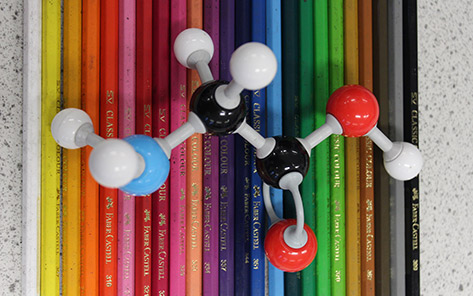
Introducing students to the beauty of biomolecules
The PDB Art project brings together art and science in the classroom, with school students exploring the wonderful world of molecular structures…

Visit the Xcool Lab for an inspiring experience at a cutting-edge research facility, with hands-on experiments to bring classroom concepts to life.
Are you a teacher who wants to spark curiosity for STEM in your students? The Xcool Lab at the European XFEL offers high school students a great opportunity to immerse themselves in hands-on science experiments at a cutting-edge research facility.
The European XFEL is an X-ray free-electron laser that generates extremely short, bright flashes of X-ray radiation about 27 000 times a second. The European XFEL is located in Hamburg, Germany, and is housed in underground tunnels that cover a distance of 3.4 km. To generate the X-ray radiation, electrons are first accelerated to almost the speed of light. After they have raced 1.7 km through the accelerator, the electrons pass into structures called ‘undulators’, where a series of alternating magnets forces the electrons to go on a tight slalom course. When electrons are sent on a curved path like this, they emit X-rays that resemble laser light. Scientists from across the world come to the European XFEL to use these X-ray flashes for their research.
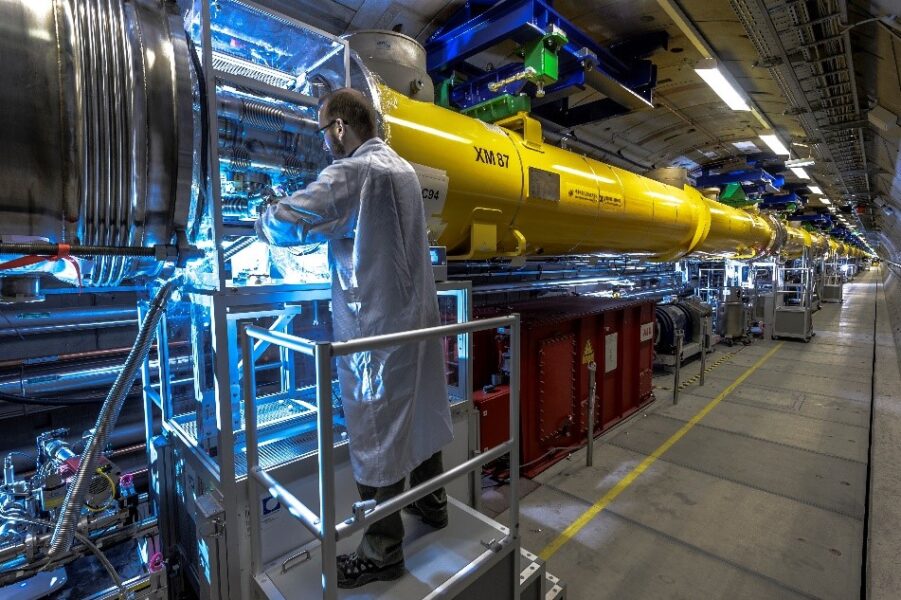
Starting from November 2024, the Xcool Lab invites students aged 16–19 years to take part in hands-on experiments where they can bring physics and molecular biology concepts from the classroom to life in state-of-the-art laboratories. Our goal is to inspire the next generation of scientists: we want students to feel the excitement of real research and understand how the principles they learn in school apply to cutting-edge research.
In the Xcool Lab, students embark on a full-day journey through the world of science. Whether deflecting beta particles, exploring X-ray spectra, or amplifying DNA samples, each experiment is designed to deepen their understanding of scientific concepts and foster curiosity. The Xcool Lab is also a place where students can see themselves as the scientists of tomorrow. We want students to leave here with the confidence that they can contribute to the world of science. By giving them the tools and knowledge, we’re helping them take the first steps toward a future in STEM fields.
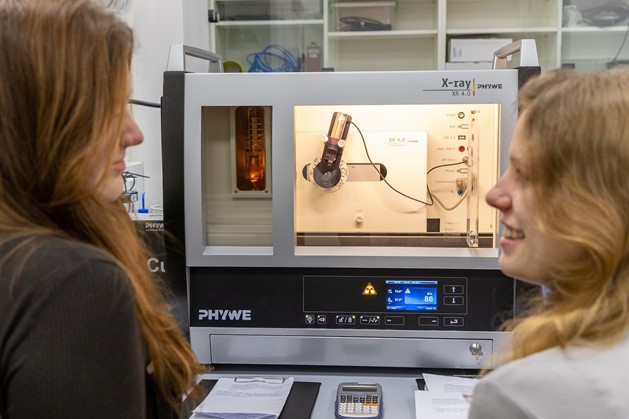
The first course offered in the physics lab explores various aspects of X-rays, which are invisible but can be found in many areas of everyday life. One of the three experiments looks at X-ray spectroscopy. Here, students measure the X-ray spectrum emitted by different materials and learn how the energies of X-rays are distributed. Through the use of an X-ray machine and crystals to diffract the rays, they analyze the characteristic radiation and continuous spectra produced by electron deceleration.
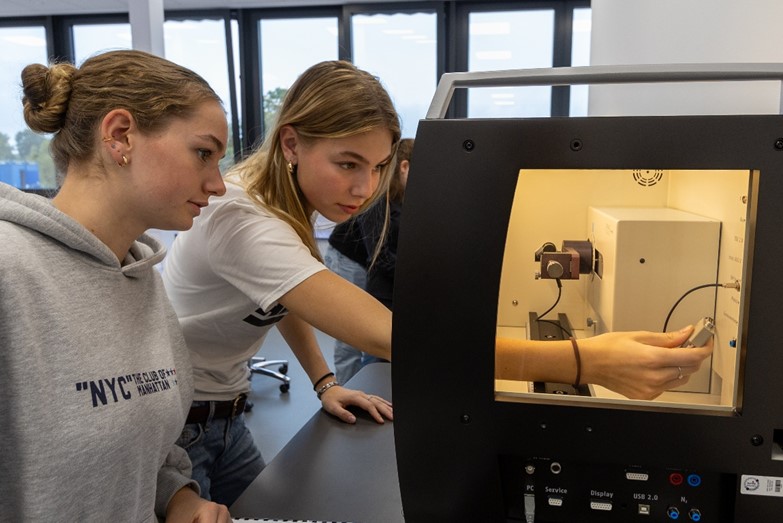
In the second experiment, students investigate the deflection of beta particles in a magnetic field. These particles, electrons or positrons emitted during nuclear decay, experience a force as they pass through a magnetic field. Using a Geiger–Müller counter and radioactive sources, students record particle paths, analyze their deflection, and learn how magnetic fields alter particle trajectories. This experiment allows students to learn about the physical principles that are used to generate X-ray laser light at the European XFEL. They come to understand that what they are learning in school is directly linked to cutting-edge technology.
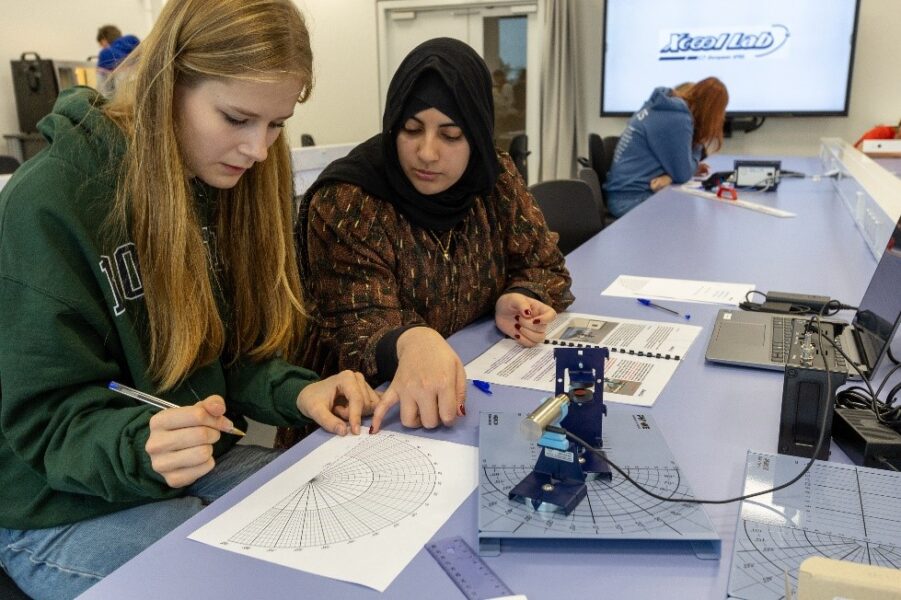
Another experiment focuses on diffraction and interference in electromagnetic waves. By passing visible light through grids and more complex structures, students observe diffraction patterns, learning how waves bend around objects, interfere, and create different kinds of diffraction patterns. These principles are essential for understanding more advanced techniques like X-ray diffraction, which scientists use to study the structure of molecules such as DNA. The experiment is intended to give students a clearer understanding of the physical principles of diffraction and interference. They learn how something as fundamental as diffraction has been instrumental in key scientific discoveries, including the famous DNA double-helix structure.
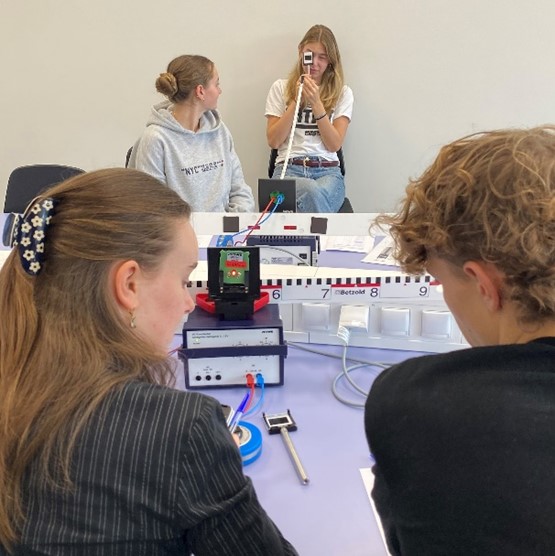
Students find an equally engaging experience in the Xcool biology lab, where they can perform a polymerase chain reaction (PCR) to detect different SARS-CoV-2 variants. This hands-on experiment introduces students to critical molecular biology techniques, such as pipetting, PCR tests, and gel electrophoresis.
After running PCR cycles, students analyze their DNA samples using gel electrophoresis, interpreting the results to determine which variant—Wildtype, Delta, or Omicron—is present. PCR is a vital tool in biology research, and by performing PCR themselves, students get a sense of how molecular biology contributes to solving some of the most pressing challenges, like identifying virus variants. This is real-world science at its finest, providing young learners with both theoretical and practical skills.
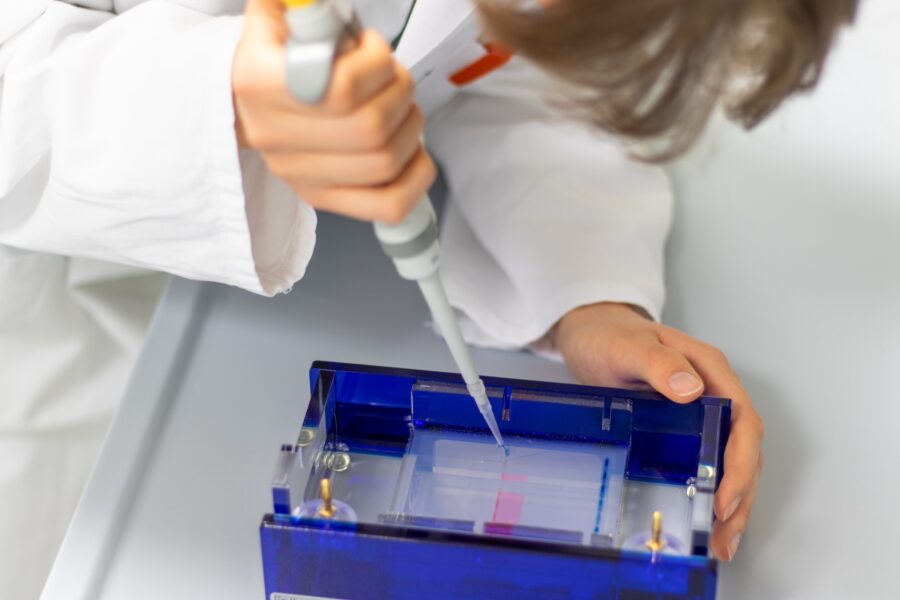
The Xcool Lab is located at the European XFEL in Hamburg. Each laboratory has 32 fully equipped working places and activities are aimed at students aged 16–19 years, although activities for younger students are planned for the future. The Xcool Lab is open from Monday to Friday and offers its courses in English or German. Bookings must be made in advance but the Xcool Lab programs are free of charge for schools, ensuring that students from all backgrounds can benefit from the offer.
It is also possible to book an additional tour to the experiment hall of European XFEL, the world’s largest X-ray laser. In addition, the visitor centre Lighthouse, which also accommodates the Xcool Lab, can be visited independently.
If you’re ready to inspire your students and spark their interest for STEM, the Xcool Lab is ready to welcome you. Bookings for school groups can be done directly online on the Xcool Lab webpage, and the Xcool Lab newsletter offers updates on new course offers, special activities, and available dates.
The Xcool Lab team is looking forward to welcoming students and teachers and to inspiring the next generation of scientists. If you have any questions, you can contact us directly at Xcoollab@xfel.eu.

The PDB Art project brings together art and science in the classroom, with school students exploring the wonderful world of molecular structures…
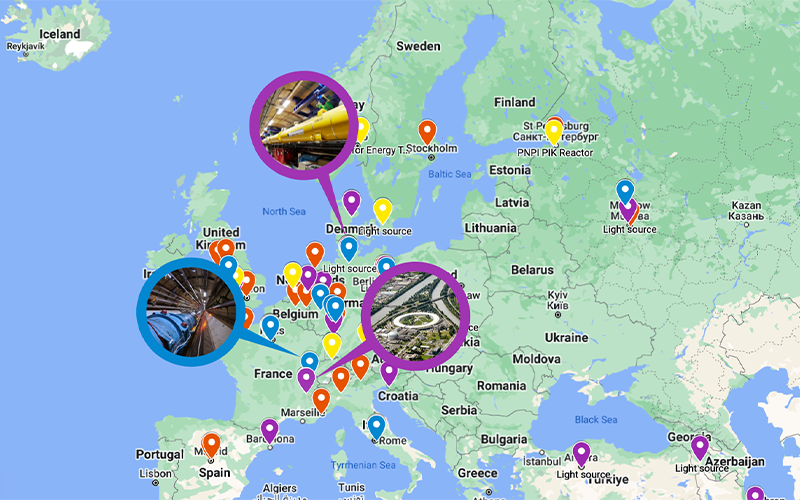
Did you know that there are more than 30 000 particle accelerators around the world? Where are they, and what are they for?
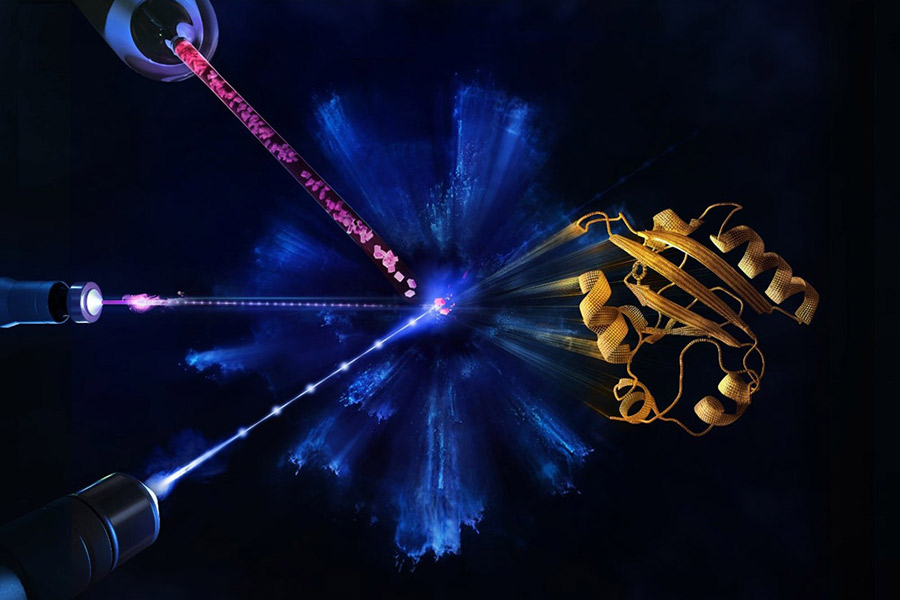
Capturing the moment: to use artificial photosynthesis to produce clean energy, we need to better understand it first. Learn about how X-ray…